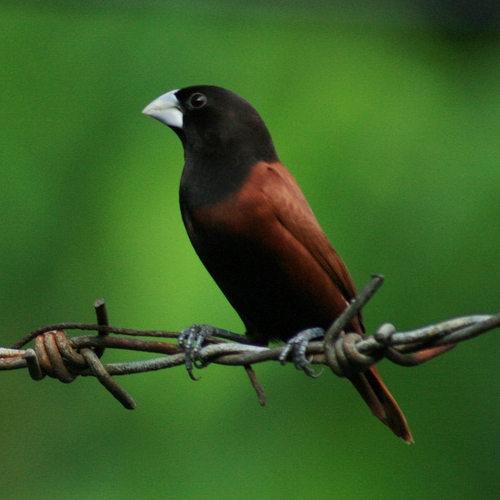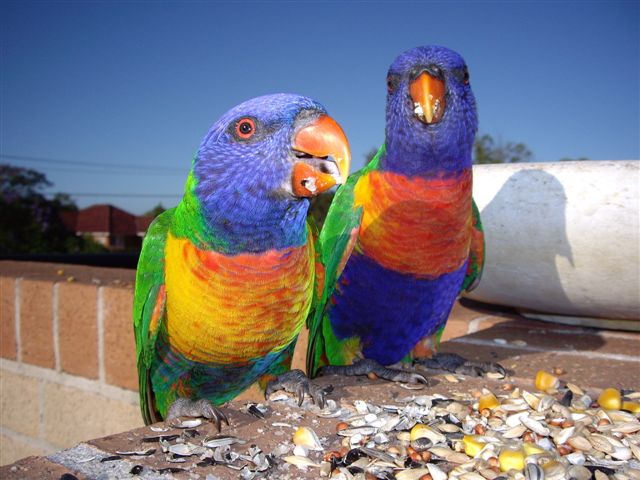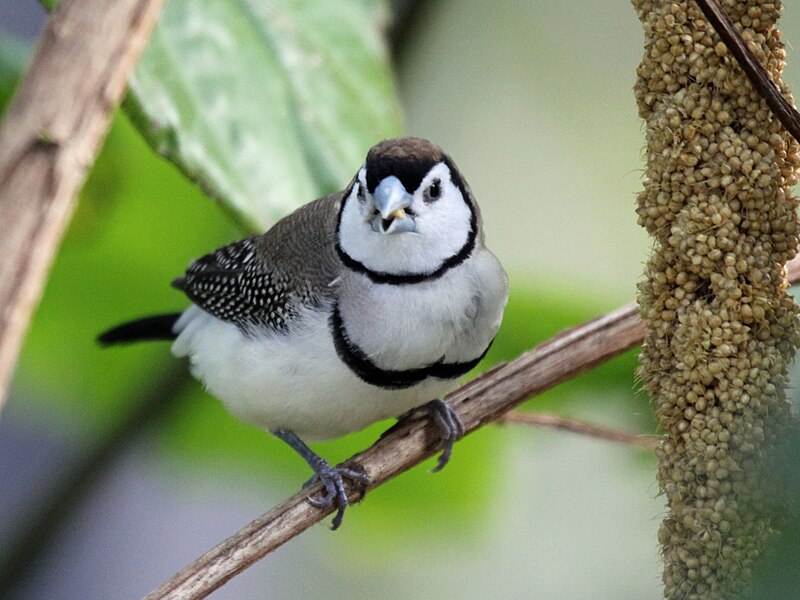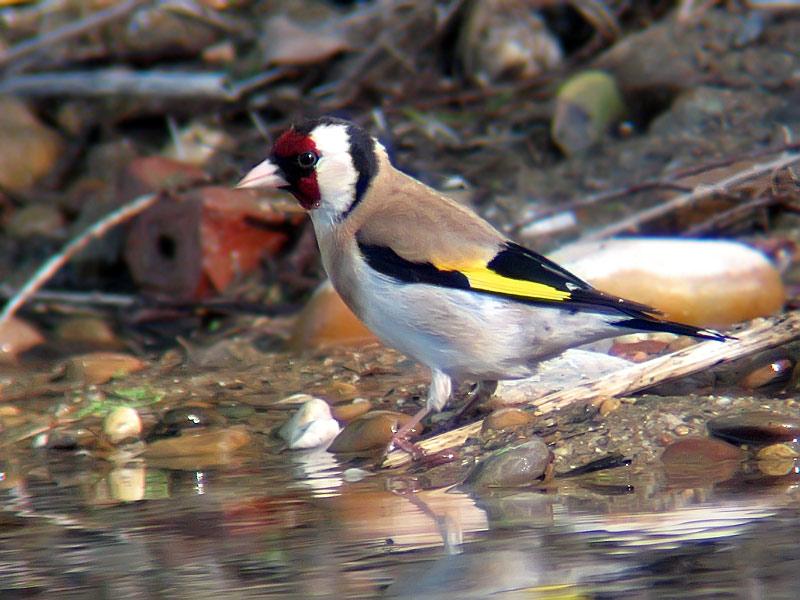 Also known as Tri-Colored and Black-Headed Nuns or Mannikins (Lonchura Malacca and L. atricapilla), these pert little birds make excellent pets for both beginning and advanced finch keepers. While neither sports the flashy colors of certain related species, contrasting black, chestnut and white plumage renders them quite striking.
Also known as Tri-Colored and Black-Headed Nuns or Mannikins (Lonchura Malacca and L. atricapilla), these pert little birds make excellent pets for both beginning and advanced finch keepers. While neither sports the flashy colors of certain related species, contrasting black, chestnut and white plumage renders them quite striking.
Natural History
The 5-inch-long Tri-Colored Munia is found in southern India and Sri Lanka. It is most common in and near swamps, flooded meadows, riversides, rice fields and other moist, open habitats.
The Black-Headed Munia was long considered to be a subspecies of the Tri-Colored, but has now been designated as a distinct species. However, captives interbreed readily, and will also pair up with related finches. Its natural range, which lies north and east-southeast of the Tri-Color’s, extends from northern India through southern China, Thailand and Vietnam. It tops out at 4.5 inches in length. Read More »
 That Bird Blog – Bird Care and History for Pet Birds
That Bird Blog – Bird Care and History for Pet Birds




